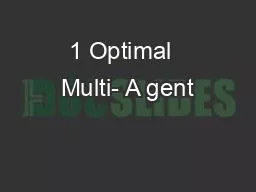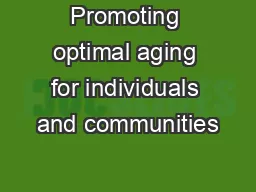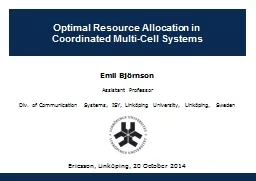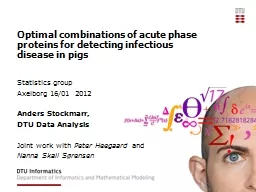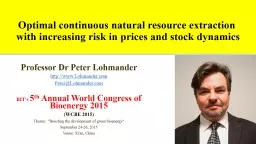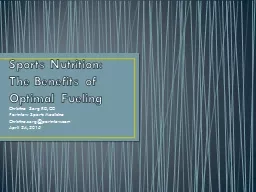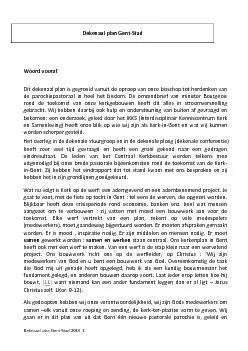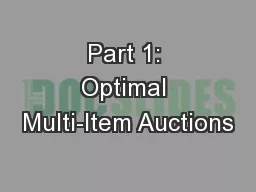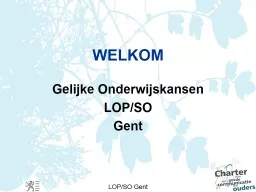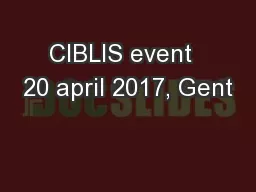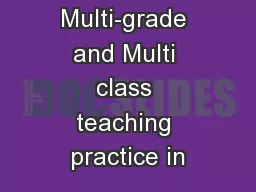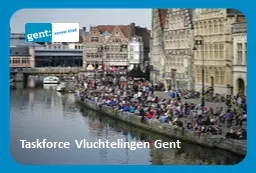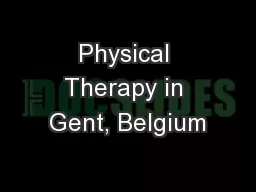PPT-1 Optimal Multi- A gent
Author : mojartd | Published Date : 2020-08-29
Path Finding under the Sum of Costs Objective Ariel Felner BenGurion University Israel Much of the work here is joint with Roni Stern Guni Sharon Pavel
Presentation Embed Code
Download Presentation
Download Presentation The PPT/PDF document "1 Optimal Multi- A gent" is the property of its rightful owner. Permission is granted to download and print the materials on this website for personal, non-commercial use only, and to display it on your personal computer provided you do not modify the materials and that you retain all copyright notices contained in the materials. By downloading content from our website, you accept the terms of this agreement.
1 Optimal Multi- A gent: Transcript
Download Rules Of Document
"1 Optimal Multi- A gent"The content belongs to its owner. You may download and print it for personal use, without modification, and keep all copyright notices. By downloading, you agree to these terms.
Related Documents

